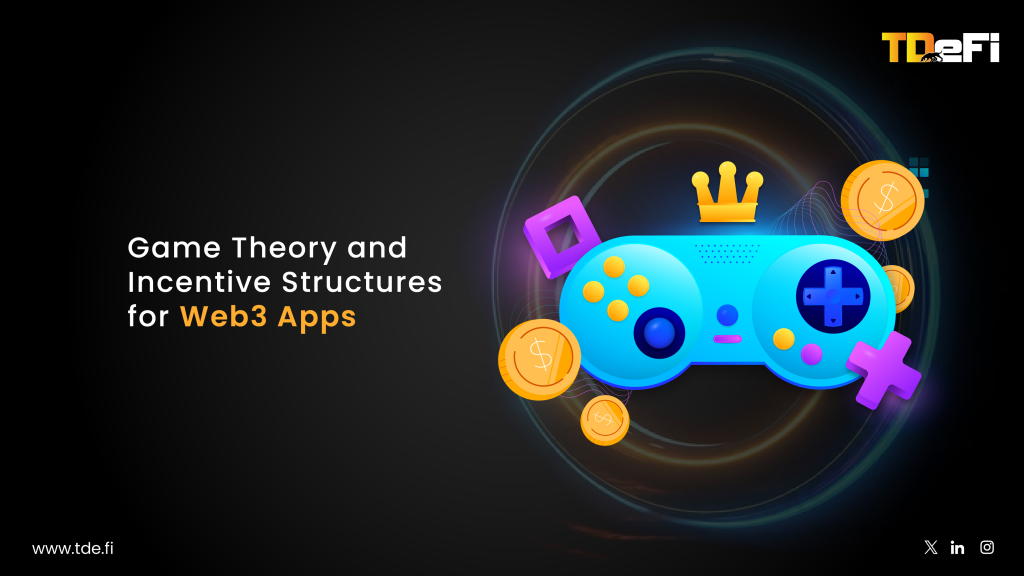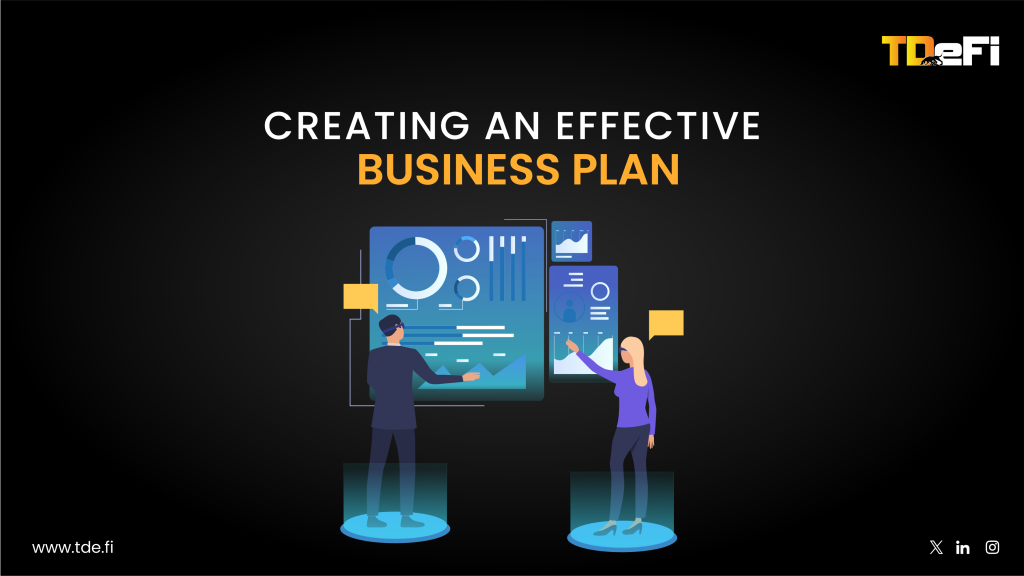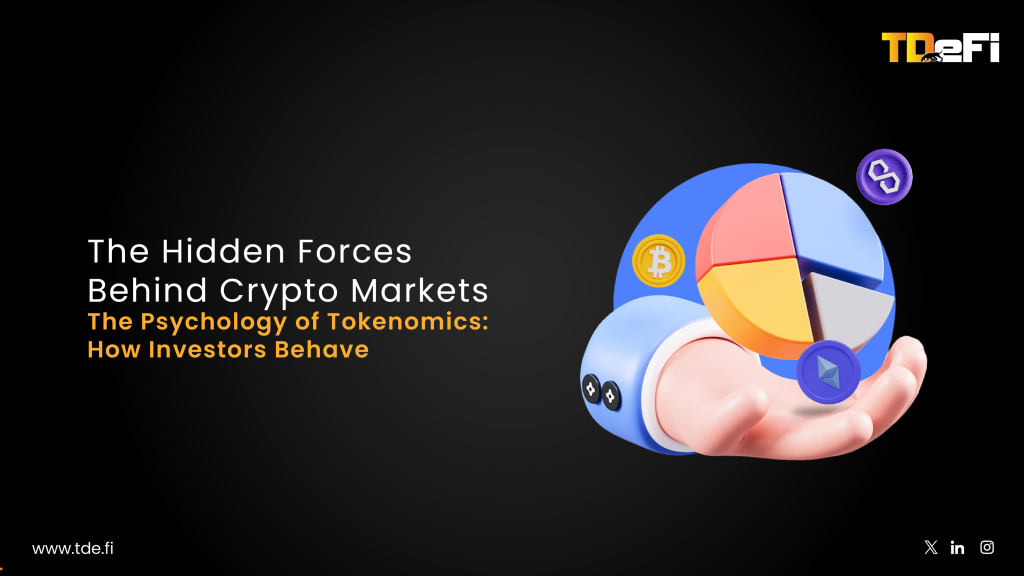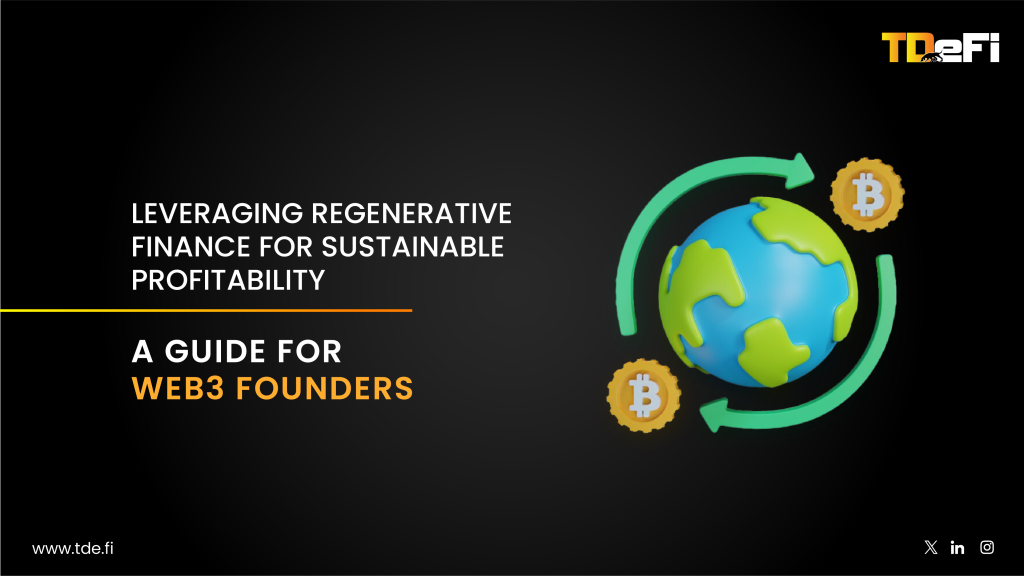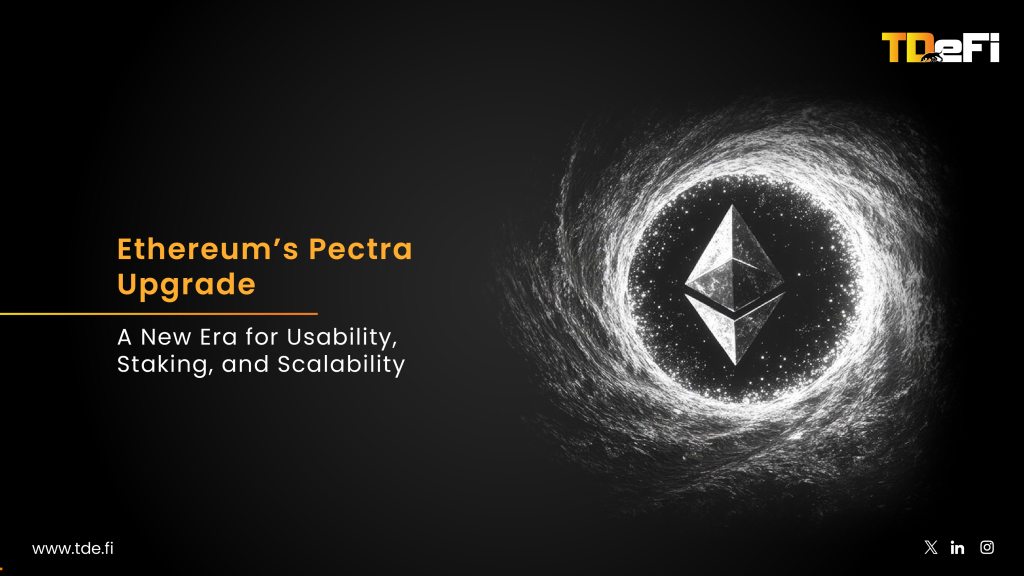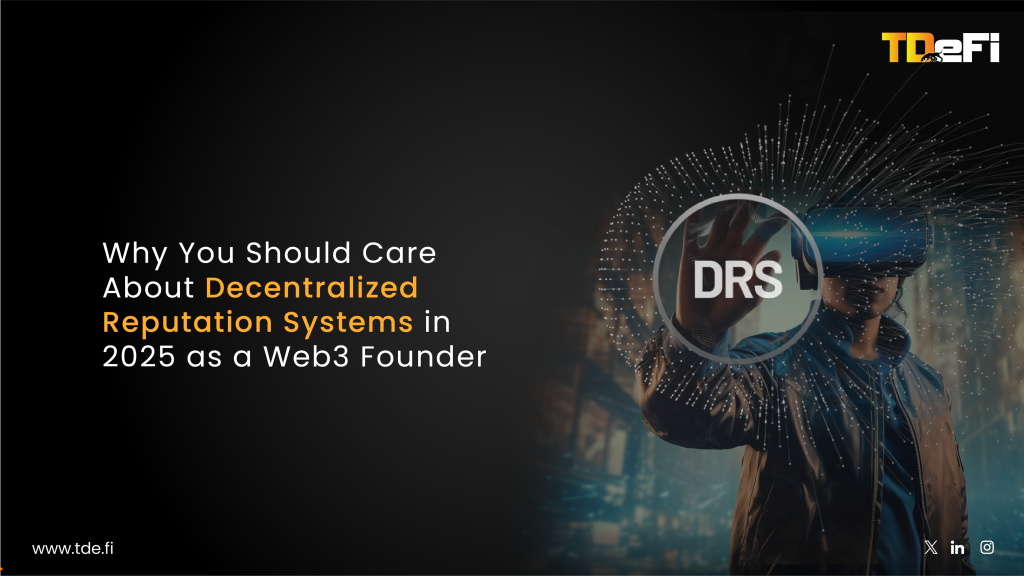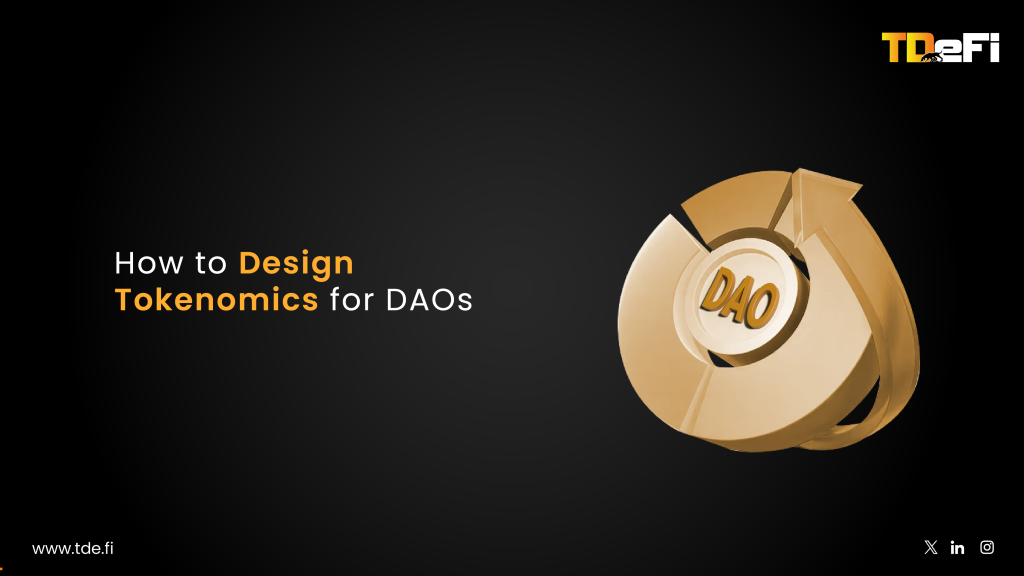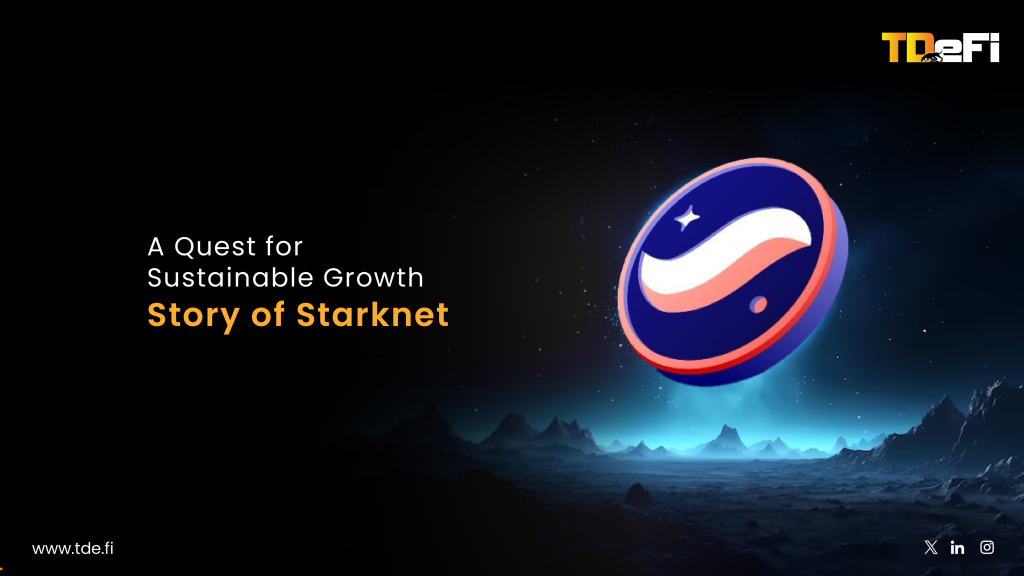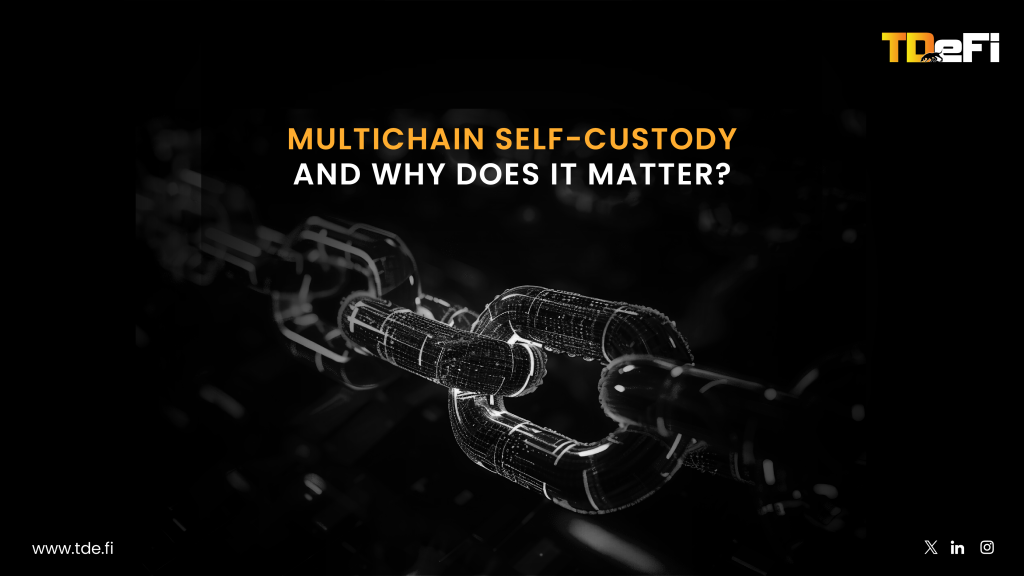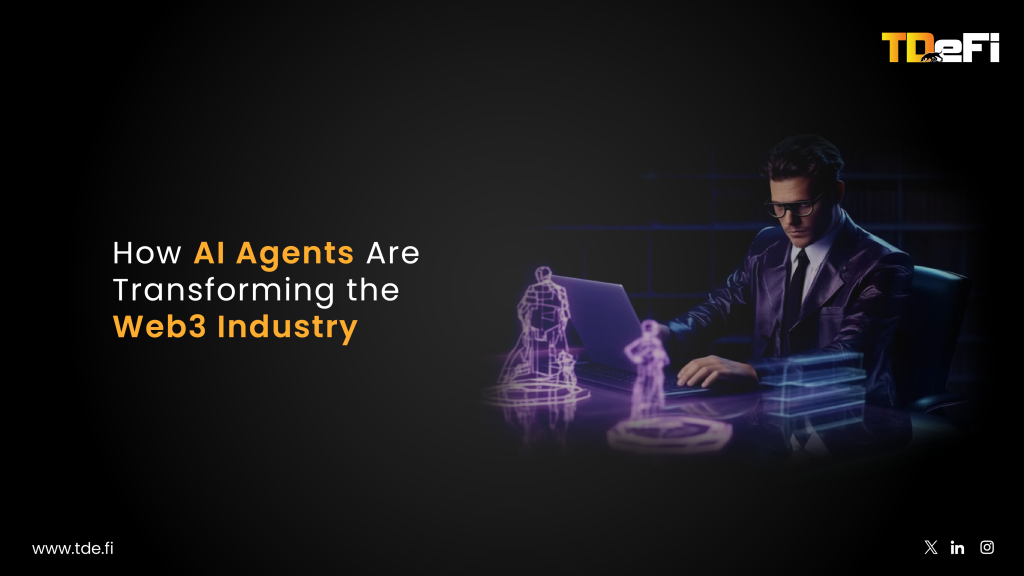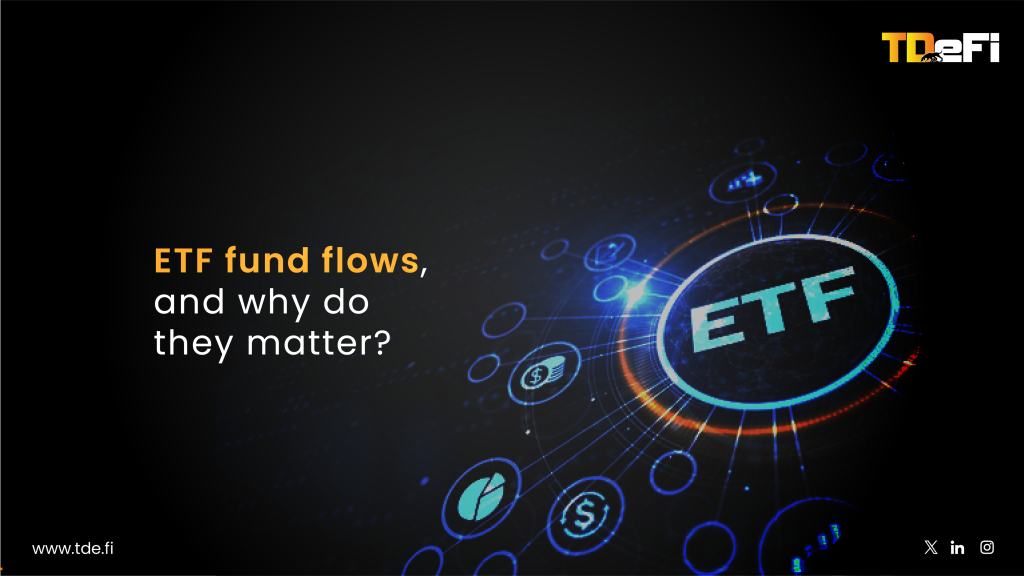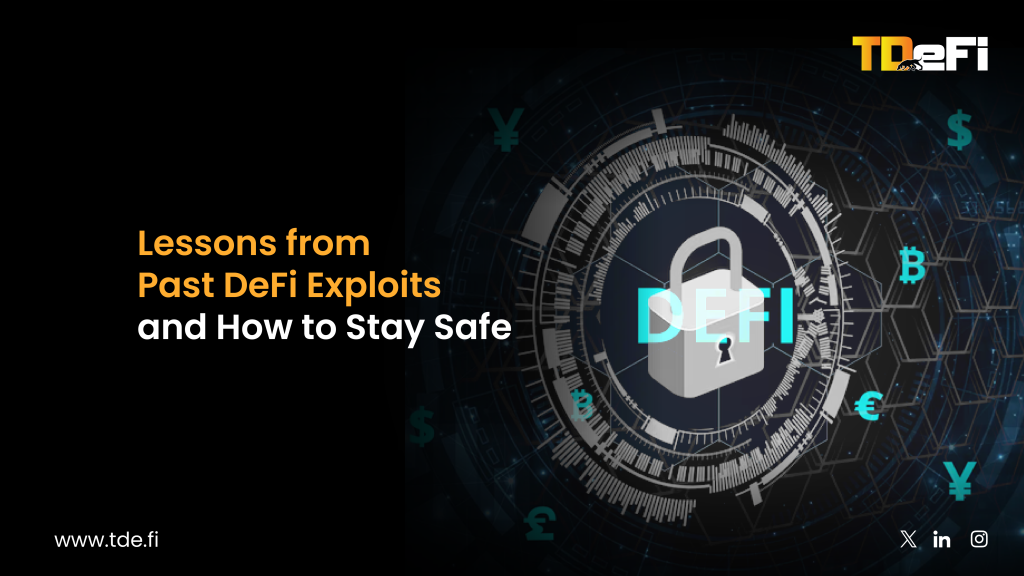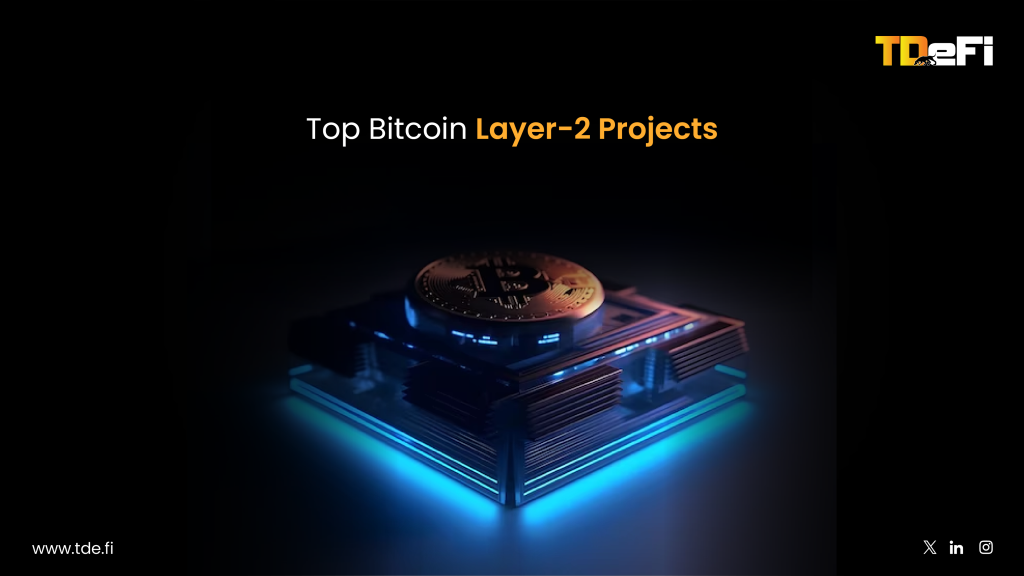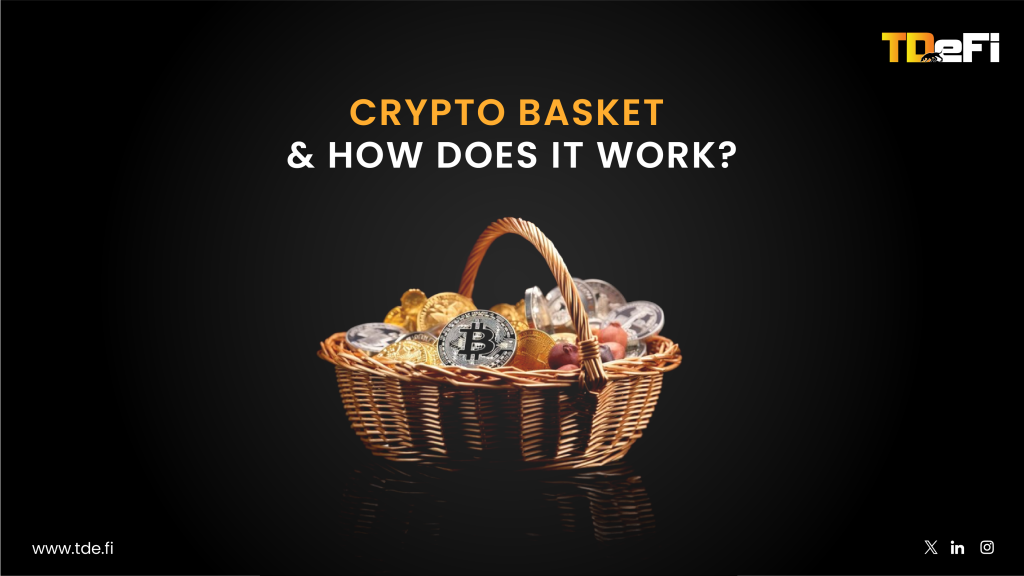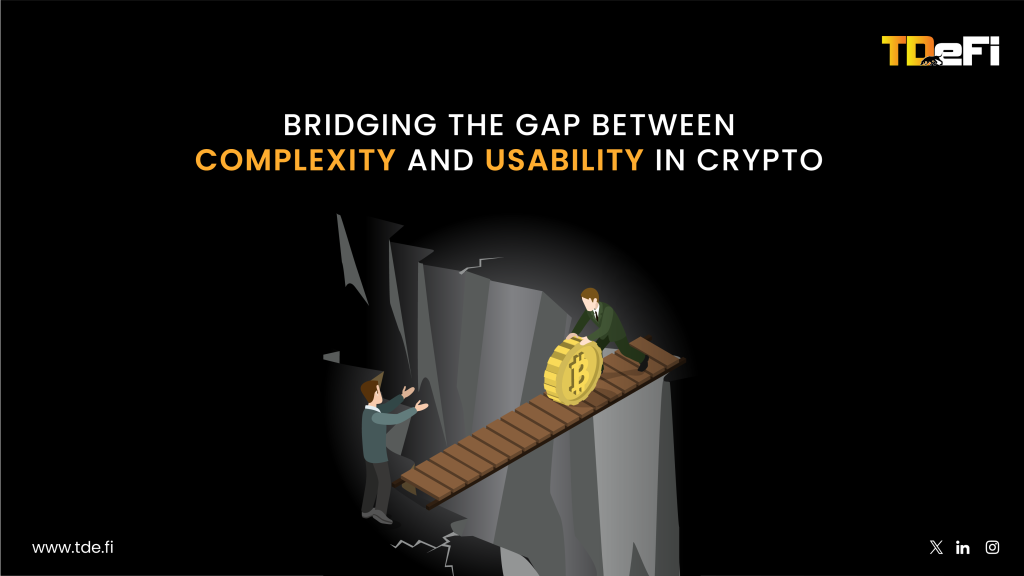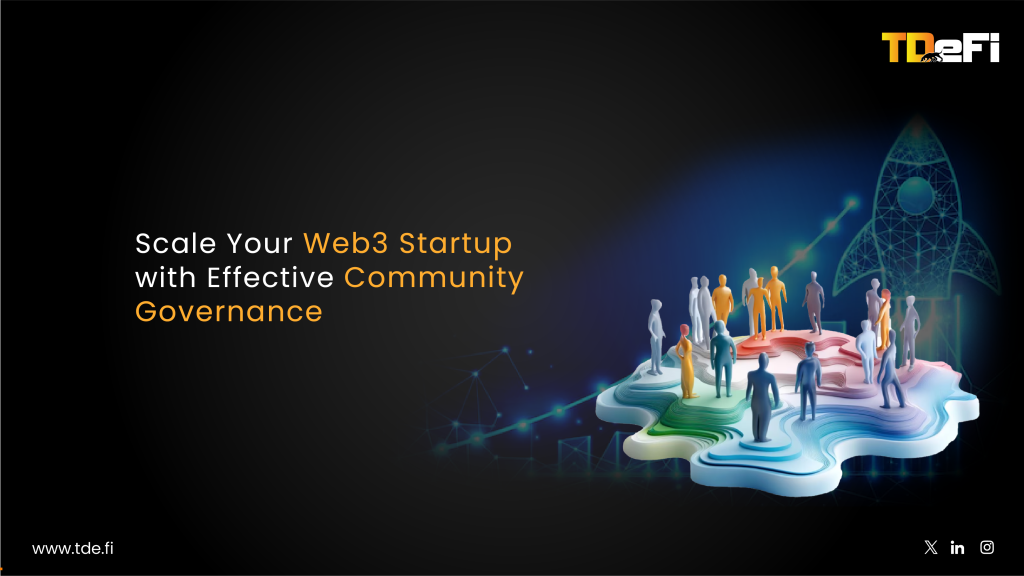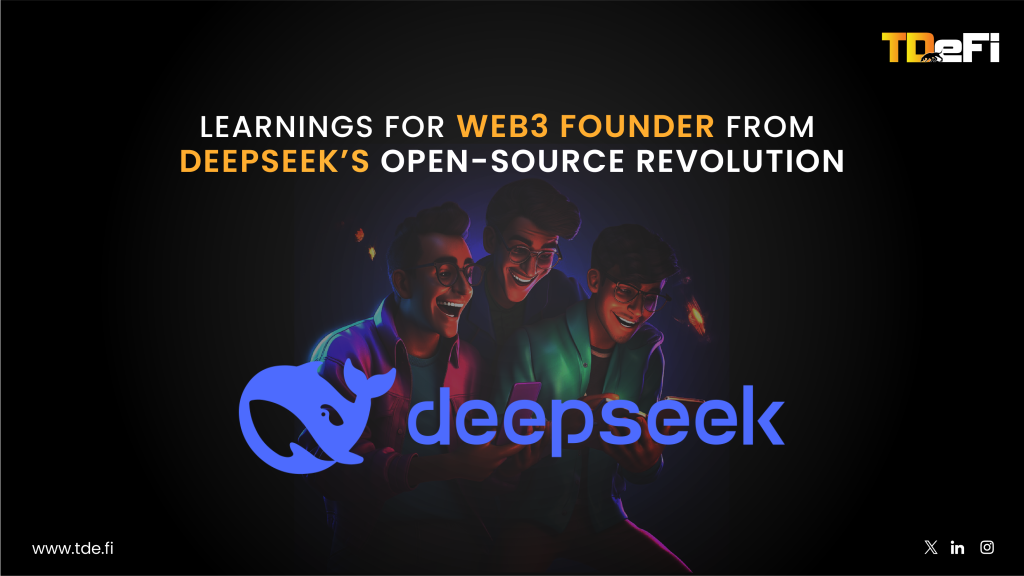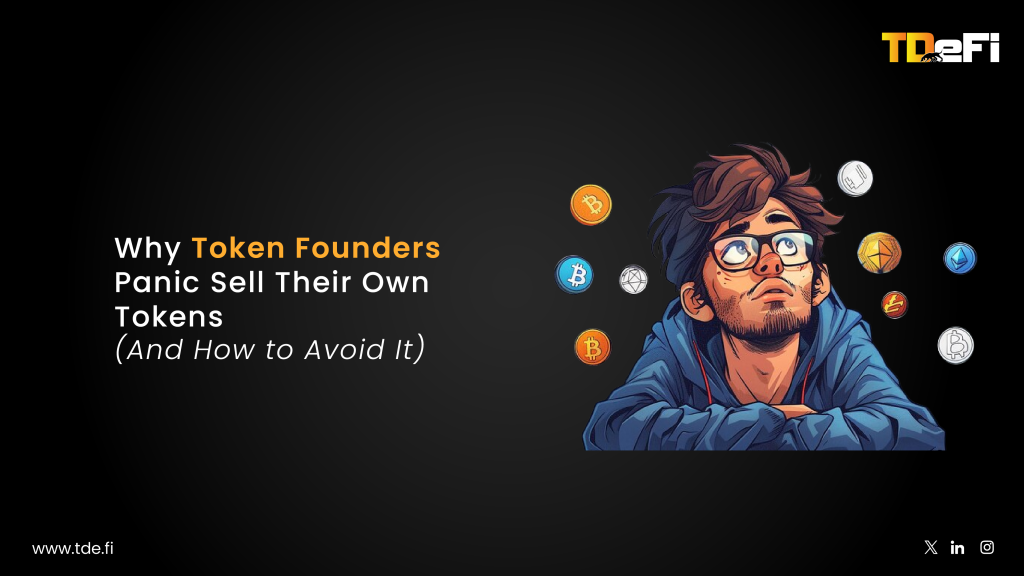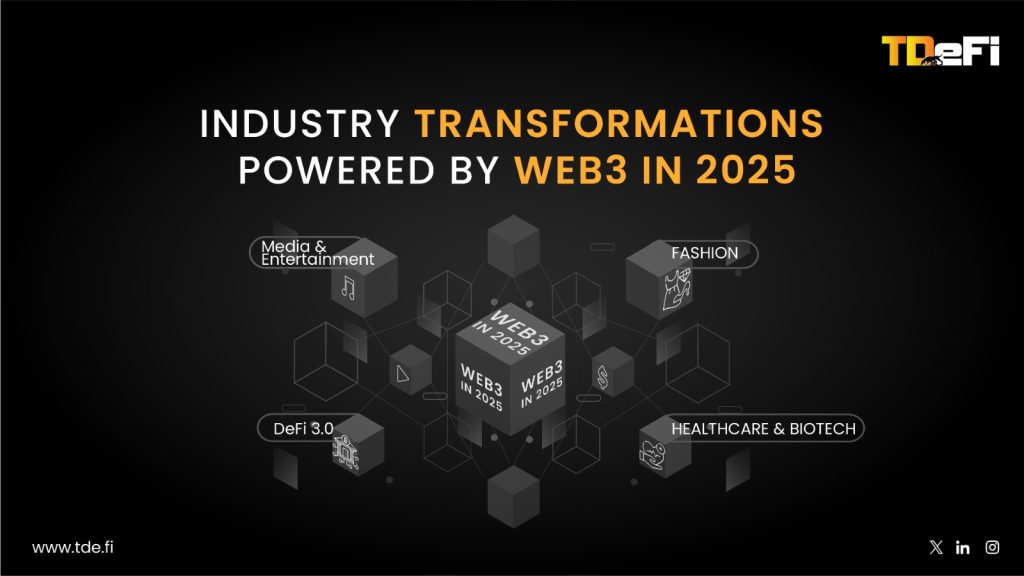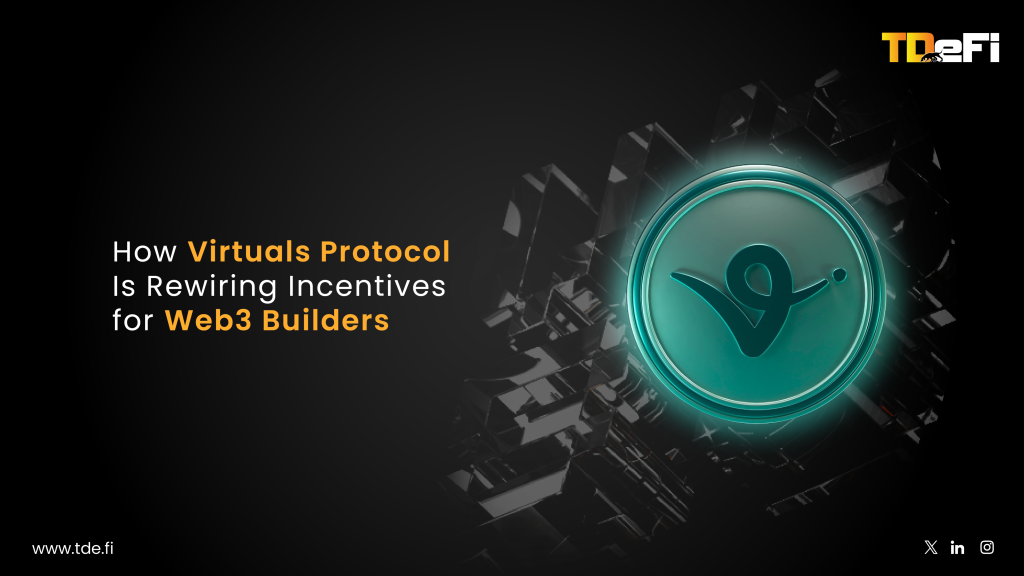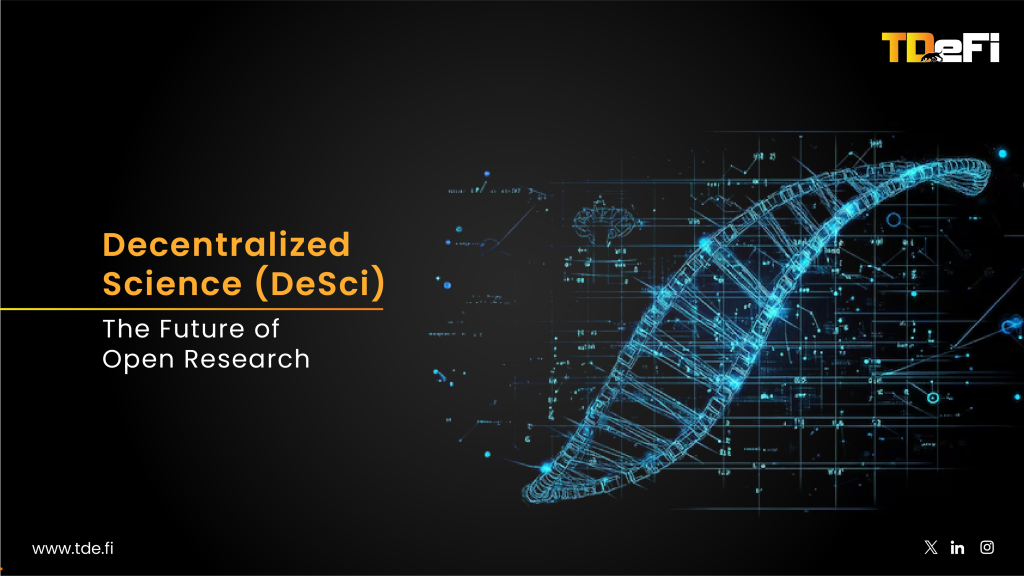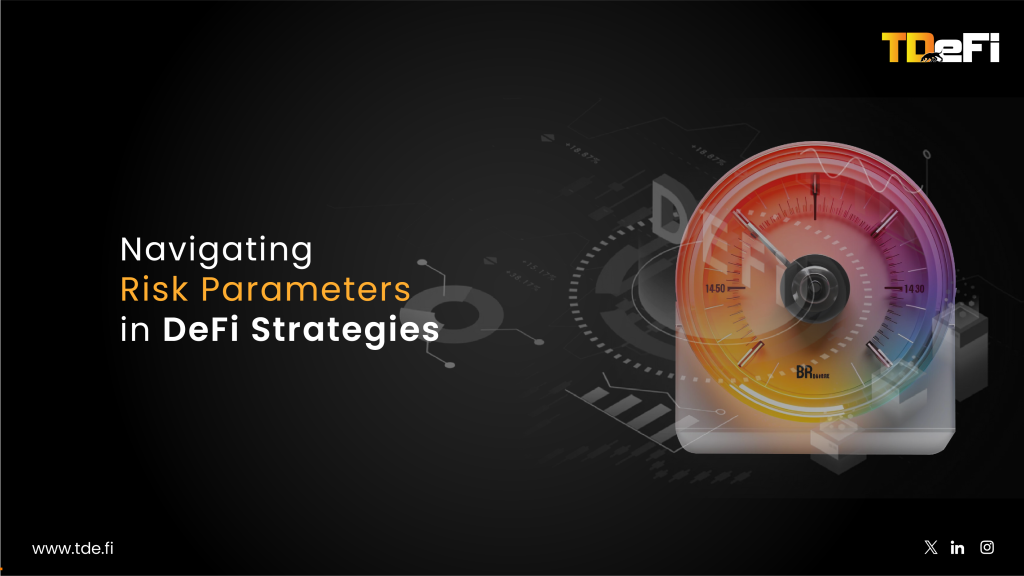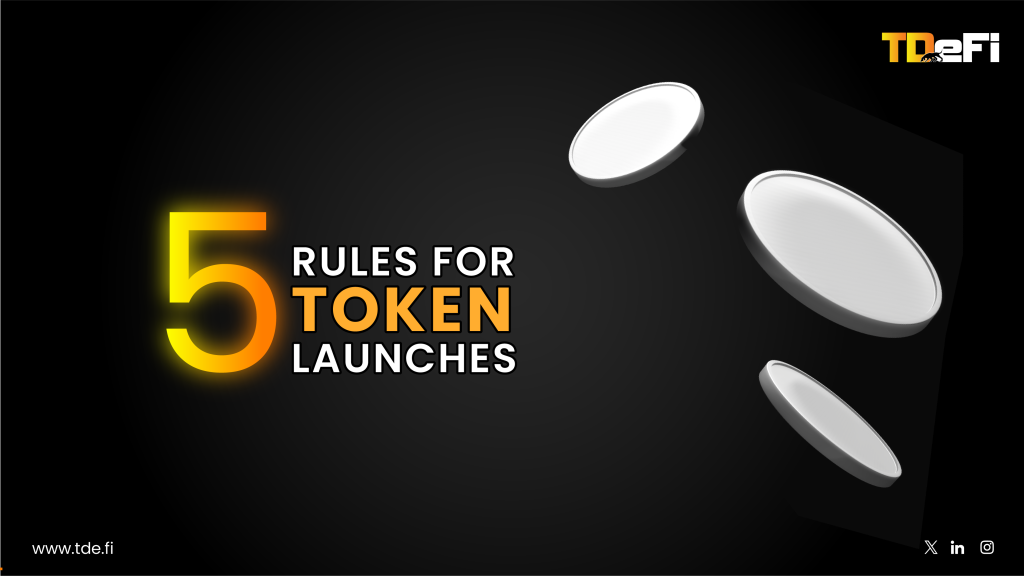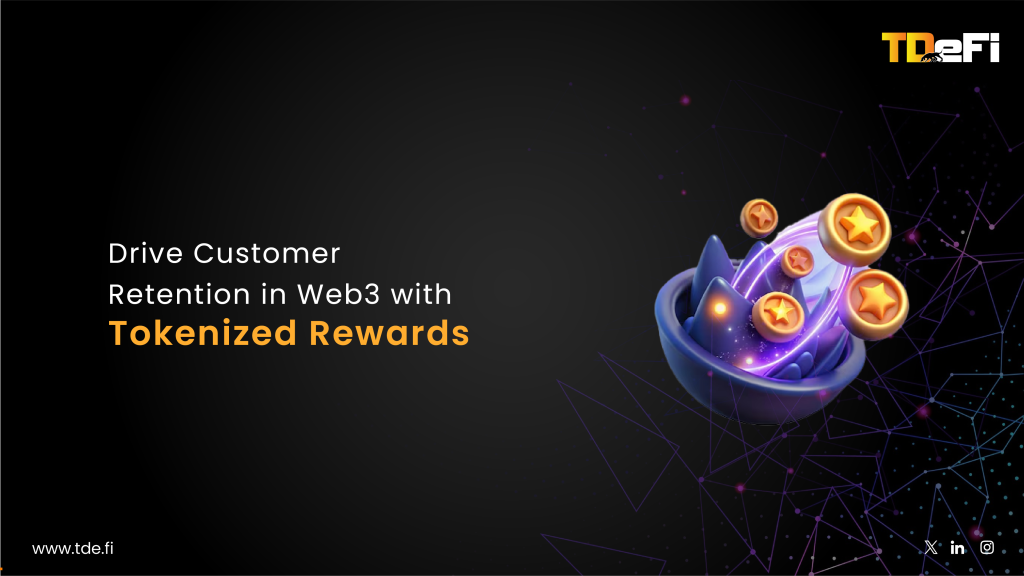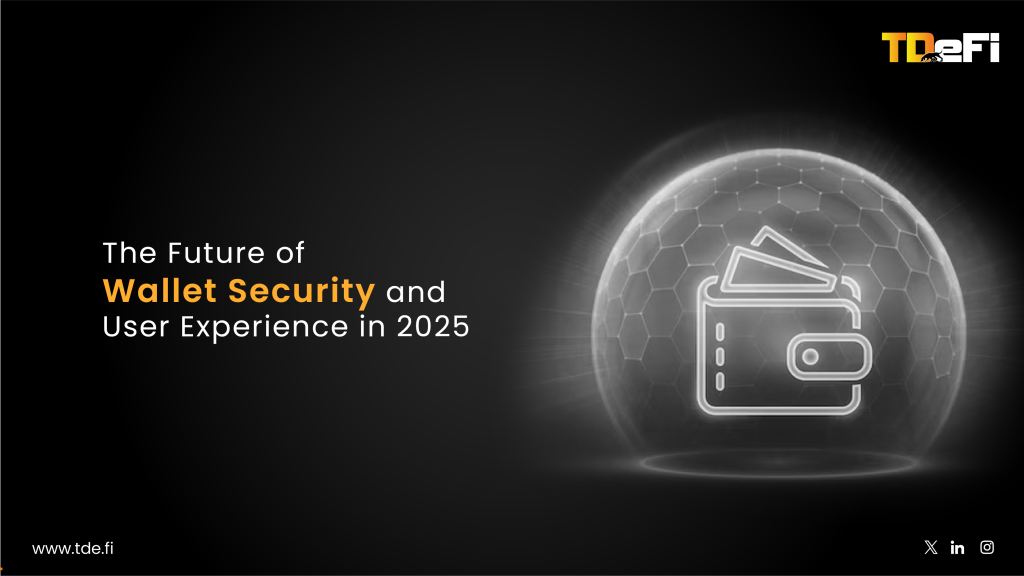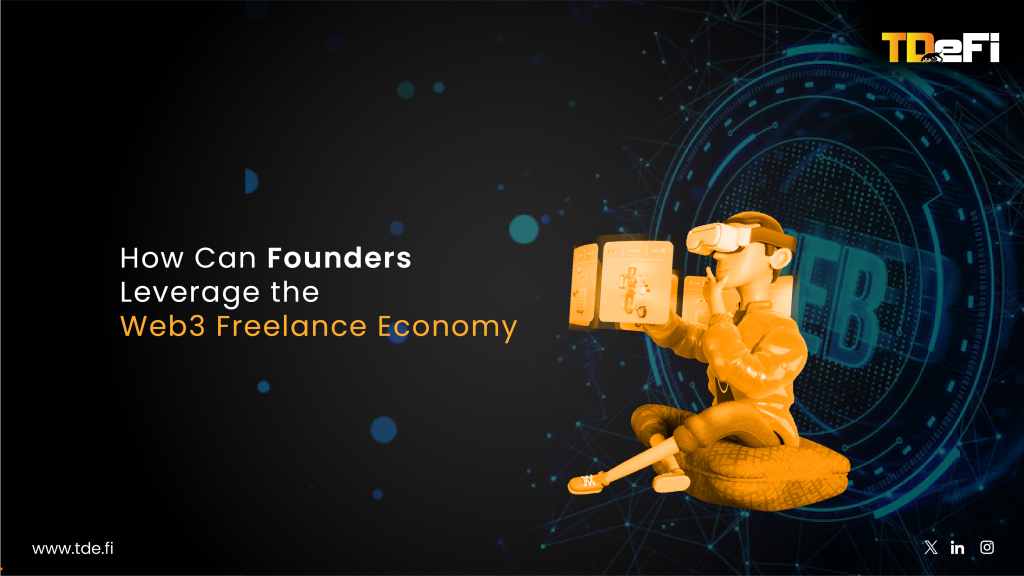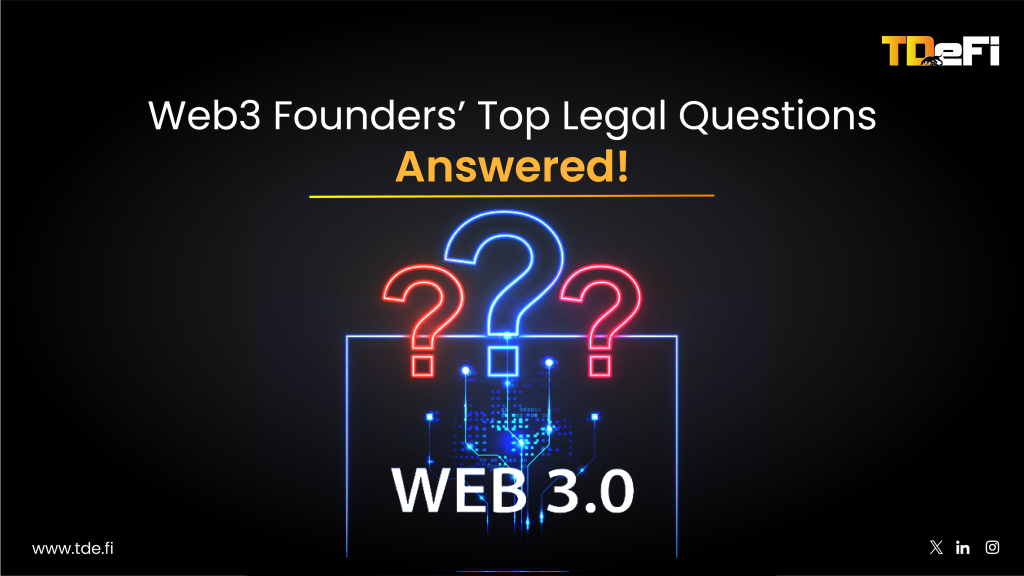TL;DR
Decentralized AI training networks are reshaping artificial intelligence by leveraging blockchain technology to create scalable, secure, and collaborative ecosystems. These networks enable distributed computation, federated learning, and tokenized incentives, democratizing access to AI development while addressing critical challenges like data privacy and computational costs. This blog explores how Web3 founders can build decentralized AI systems, backed by real-world examples like Bittensor, Ocean Protocol, and Golem Network. Learn how decentralized AI can drive innovation, reduce costs, and foster trust in AI systems.
Introduction
Artificial Intelligence (AI) has become a core pillar of modern innovation, powering industries from healthcare to finance. However, traditional AI systems are centralized, controlled by a few tech giants with access to vast computational resources and proprietary datasets. This centralization raises concerns about monopolistic control, data privacy breaches, and lack of transparency in AI decision-making processes.
Decentralized AI training networks offer a transformative solution by redistributing power across blockchain-based systems. These networks enable collaborative AI development while ensuring security, scalability, and inclusivity. For Web3 founders, decentralized AI is more than just a technological trend—it’s a strategic imperative for creating resilient and equitable ecosystems.
Key Benefits of Decentralized AI Training Networks
1. Enhanced Security and Privacy
Traditional AI systems often require centralized data storage, making them vulnerable to breaches. Decentralized networks process data locally on individual nodes, ensuring that sensitive information never leaves the user’s device.
Example: Bittensor, a decentralized machine learning network, uses blockchain technology to tokenize contributions while preserving data privacy through cryptographic verification. Contributors are rewarded with TAO tokens based on their computational input.
2. Scalability Through Distributed Computation
Centralized AI systems are limited by the computational capacity of individual data centers. Decentralized networks distribute these tasks across multiple nodes equipped with GPUs or specialized hardware, enabling massive scalability.
Example: Golem Network allows users to rent out unused computing power for tasks like AI model training, significantly reducing costs compared to centralized cloud services.
3. Democratized Access to AI Development
Decentralized networks lower the barriers to entry for independent researchers and smaller organizations by providing shared resources and transparent governance structures.
Example: Ocean Protocol enables data owners to monetize their datasets securely while allowing developers to access high-quality data for training AI models.
4. Improved Transparency and Accountability
Blockchain’s immutable ledger ensures that every step in an AI system’s lifecycle—from data collection to model deployment—is traceable and auditable. This transparency builds trust among users and stakeholders.
Example: Fetch.ai uses blockchain technology to enable autonomous AI agents to interact and transact transparently. Each interaction is recorded on-chain, ensuring accountability for all actions taken by these agents in decentralized marketplaces.
How Decentralized AI Training Networks Work
1. Distributed Computation
Decentralized networks distribute computational tasks across nodes rather than relying on centralized servers. Each node trains a subset of the model using local data while contributing updates to the global model via blockchain consensus mechanisms.
Web3 founders must deploy edge computing solutions for real-time model updates without compromising data security.
Example: Viso Suite uses edge devices for decentralized training in real-time applications like facial recognition and object detection.
2. Federated Learning
Federated learning allows individual devices or nodes to train models locally while sharing only model updates—not raw data—with the network. This approach enhances privacy while enabling collaborative learning across diverse datasets.
Example: Restack.io scales federated learning across thousands of devices without centralizing data storage.
3. Tokenized Incentives
Decentralized networks incentivize contributors—whether they provide computational power or datasets—through token rewards. These tokens can be used within the ecosystem or exchanged for other assets.
Web3 founders should design tokenomics models that balance rewards with sustainability using mechanisms like staking or burning excess tokens.
Example: Bittensor rewards contributors with TAO tokens based on their computational input and accuracy in model training
Strategic Roadmap for Web3 Founders Building Decentralized AI Training Networks
Building a decentralized AI training network requires careful planning across multiple dimensions, from infrastructure design to tokenomics and governance. Conduct market research to identify gaps in existing centralized AI solutions that can be addressed through decentralization.
Below is a step-by-step roadmap tailored for Web3 founders aiming to lead in this space.
Step 1: Define Your Use Case and Target Industry
Before getting into technical implementation, identify the specific problem your decentralized AI network will solve. Different industries have unique requirements that will shape your network’s architecture.
- Healthcare: Securely train models on sensitive medical data without transferring it off-site (e.g., X-ray analysis).
- Finance: Build decentralized trading bots that execute transactions autonomously based on predefined conditions stored in smart contracts.
- Manufacturing: Use decentralized AI systems to monitor production lines for defects in real-time without relying on centralized servers.
Step 2: Choose the Right Blockchain Infrastructure
The choice of blockchain infrastructure is critical for ensuring scalability, security, and interoperability.
- For Scalability: Use Layer-2 solutions like Optimism or Arbitrum to reduce transaction costs and latency.
- For Interoperability: Integrate cross-chain messaging protocols like LayerZero or Axelar to enable seamless interactions between blockchains.
- For Security: Leverage blockchain platforms with robust consensus mechanisms like Polkadot or Cosmos.
Step 3: Implement Federated Learning Frameworks
Federated learning allows individual devices or nodes to train models locally while sharing only model updates—not raw data—with the network. Deploy federated learning frameworks to ensure data privacy while enabling collaborative model training. This approach enhances privacy while enabling collaborative learning across diverse datasets.
Web3 founders should consider and leverage frameworks like TensorFlow Federated or PySyft for privacy-preserving model training in your decentralized network.
Step 4: Design Tokenomics Models for Incentives
Tokenized incentives are essential for attracting contributors—whether they provide computational power or datasets. A well-designed tokenomics model balances rewards with sustainability.
- Staking Rewards: Encourage long-term participation by allowing contributors to stake tokens in exchange for rewards.
- Burn Mechanisms: Introduce token-burning mechanisms to control supply inflation and increase scarcity over time.
- Dynamic Rewards: Adjust rewards dynamically based on network demand and resource availability.
Example: Ocean Protocol enables data owners to monetize their datasets securely while allowing developers to access high-quality data for training AI models.
Step 5: Build Developer-Friendly Tooling
Developers are one of the foundational pillars of any decentralized ecosystem. Providing them with efficient tools simplifies onboarding and accelerates adoption.
- Cross-Chain SDKs: Use tools like Cosmos SDK or Hyperlane to enable developers to build interoperable applications easily.
- Grants & Hackathons: Organize hackathons and offer grants to incentivize developers to contribute innovative solutions.
Example: The Ethereum Foundation funded over 50 cross-chain projects in 2024, including LayerZero and Chainflip.
Step 6: Ensure Network Stability Through Monitoring Tools
Decentralized networks are prone to disruptions caused by packet loss or latency. Real-time monitoring tools can help maintain network stability. Web3 founders must integrate monitoring tools early in your network’s lifecycle to proactively address vulnerabilities.
Example: Forta Network detects anomalies in real-time, reducing phishing attacks by ~60%.
Step 7: Scale Incrementally Across Chains
Scaling too quickly can lead to inefficiencies and security risks. Adopt an incremental approach by deploying your network on one or two chains initially before expanding further. Also, use metrics like user acquisition rates and liquidity growth to guide your expansion strategy.
- Start with chains that align closely with your target audience (e.g., Ethereum for institutional users, Solana for retail traders).
- Gradually integrate additional chains based on user demand and liquidity opportunities.
Example: Synthetix V3 uses LayerZero’s messaging protocol for cross-chain staking and liquidity pooling between Ethereum mainnet and Optimism L2—boosting capital efficiency significantly.
Closing Thoughts
Decentralized AI training networks blend the power of Web3 and artificial intelligence, creating transparent, secure, scalable, and inclusive systems. For Web3 pioneers seeking to drive this transformation, building these networks demands strategic planning across distributed computation frameworks, optimized tokenomics, cutting-edge developer tools, and strong governance structures.
At TDeFi, we empower Web3 founders with the essential resources and tools to construct decentralized ecosystems – from designing compelling token incentives to seamlessly integrating blockchain-based security protocols into your AI systems.
Want to spearhead innovation in decentralized AI? Connect with us today!








